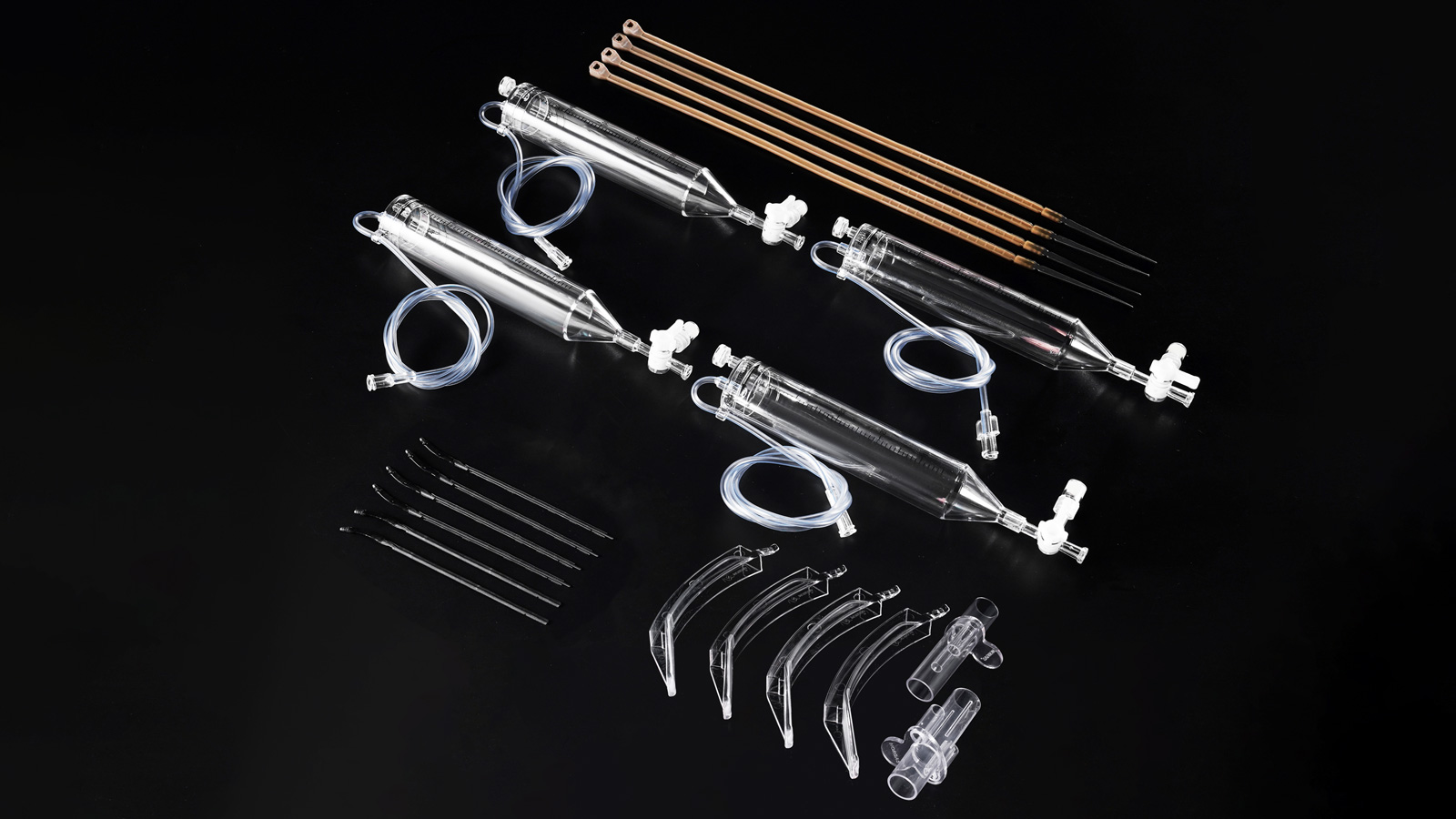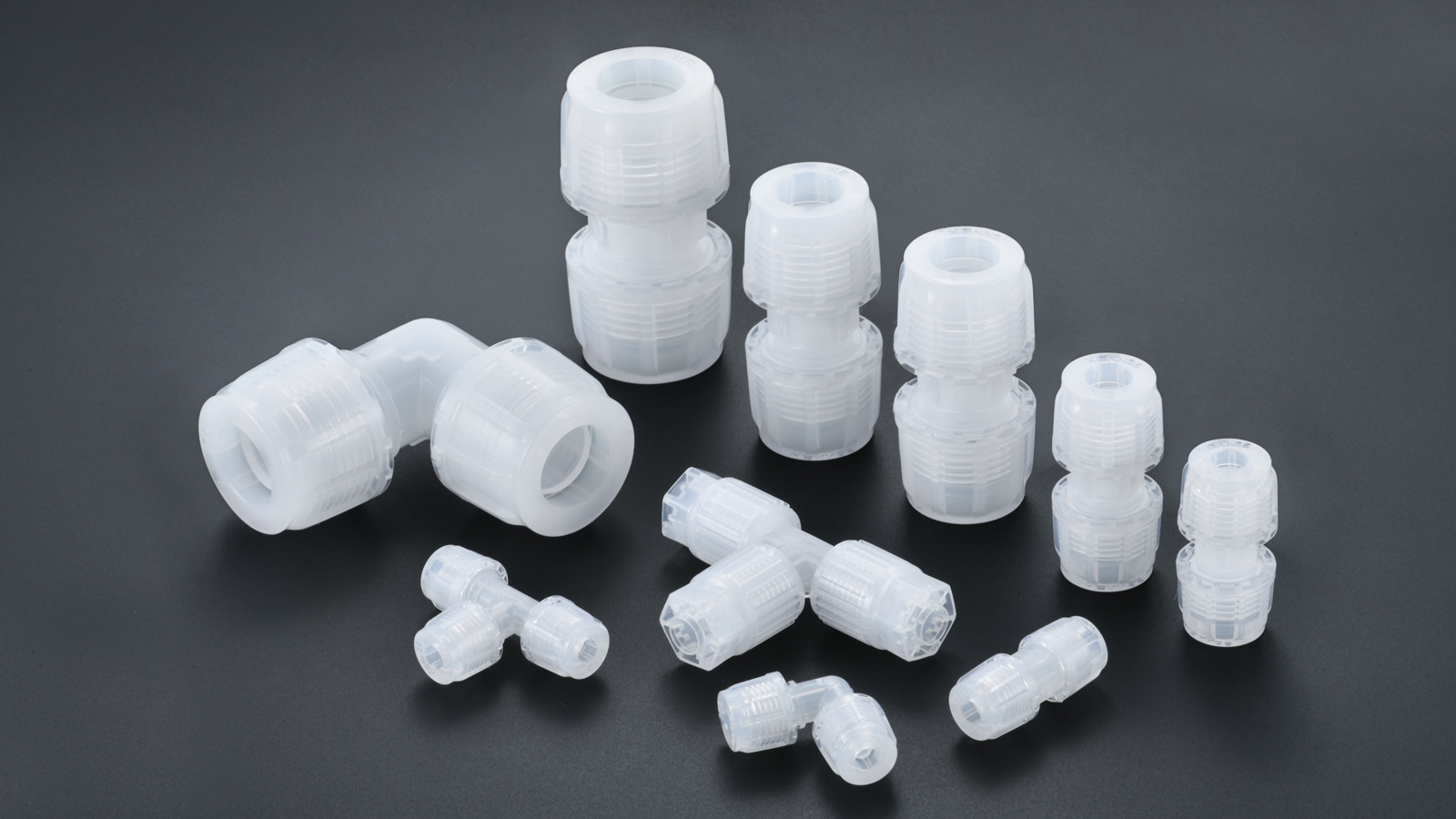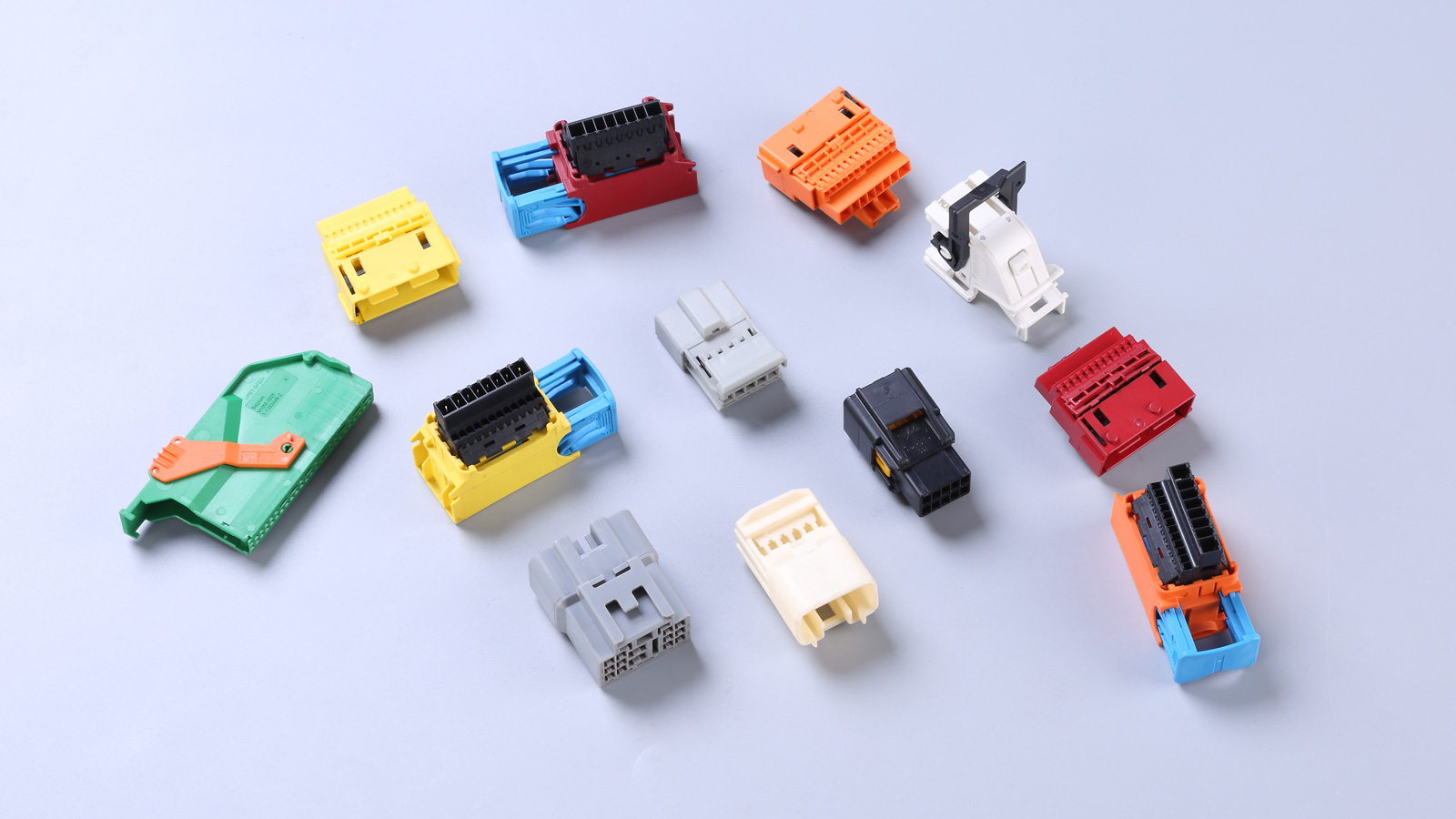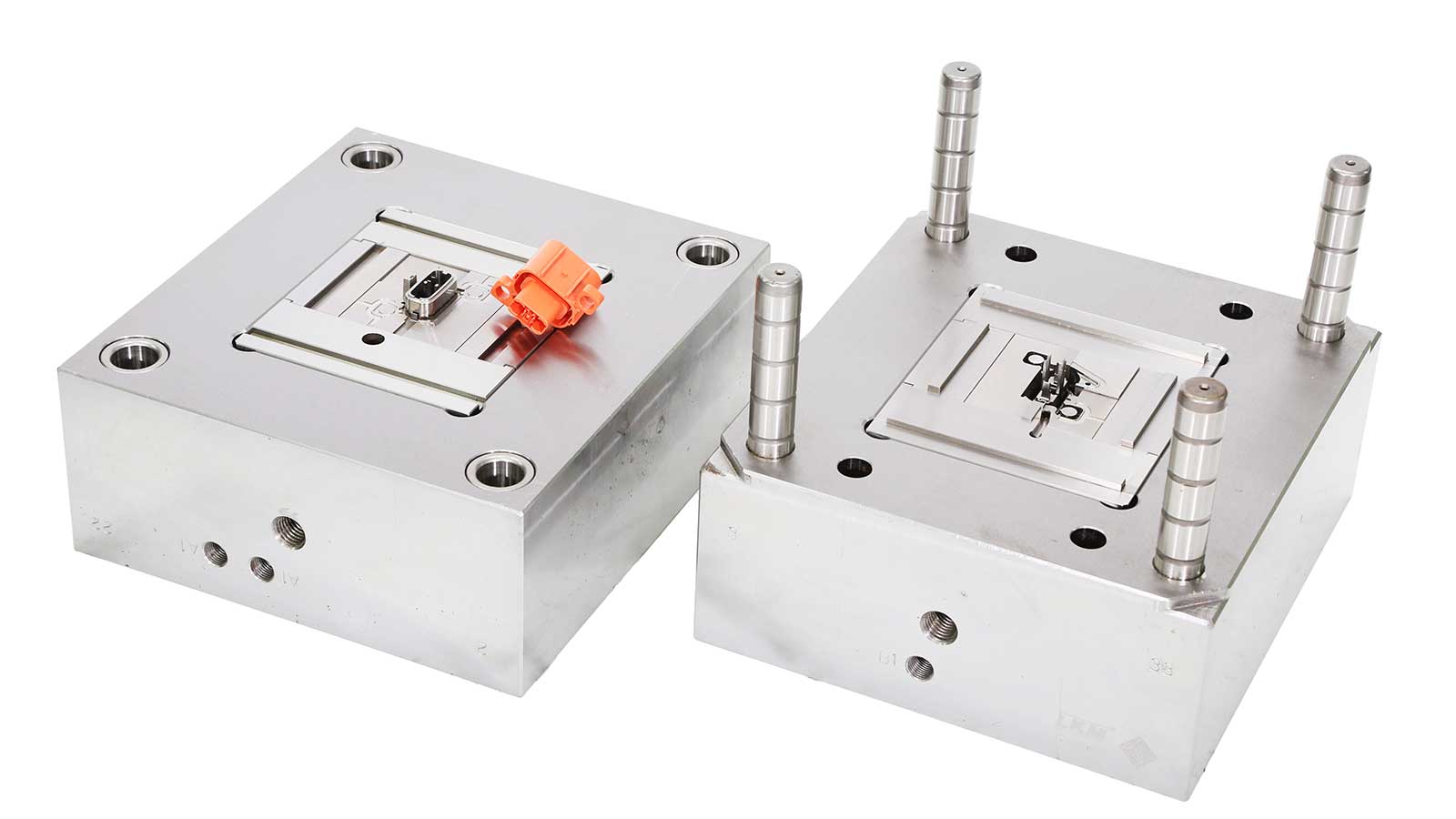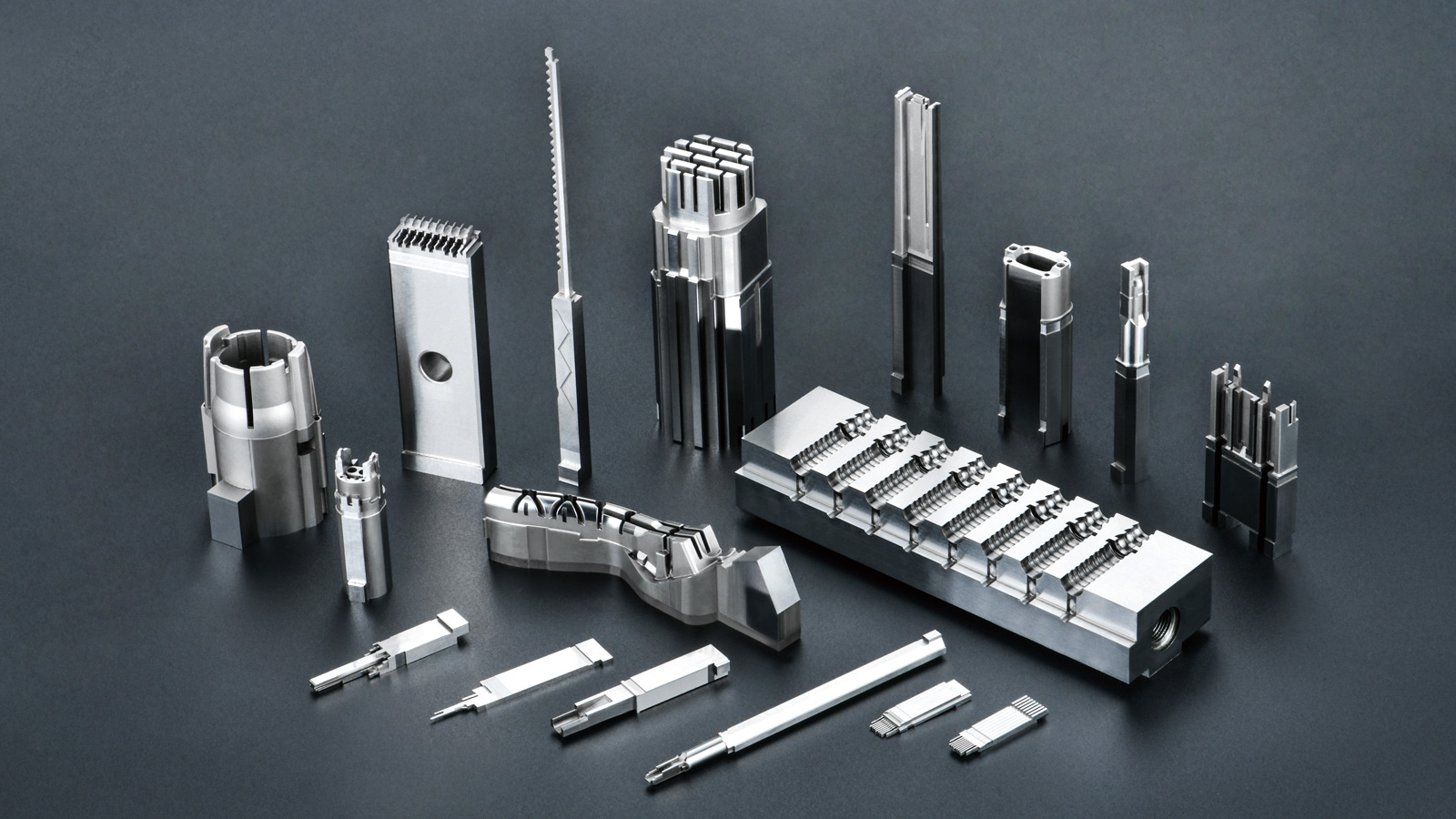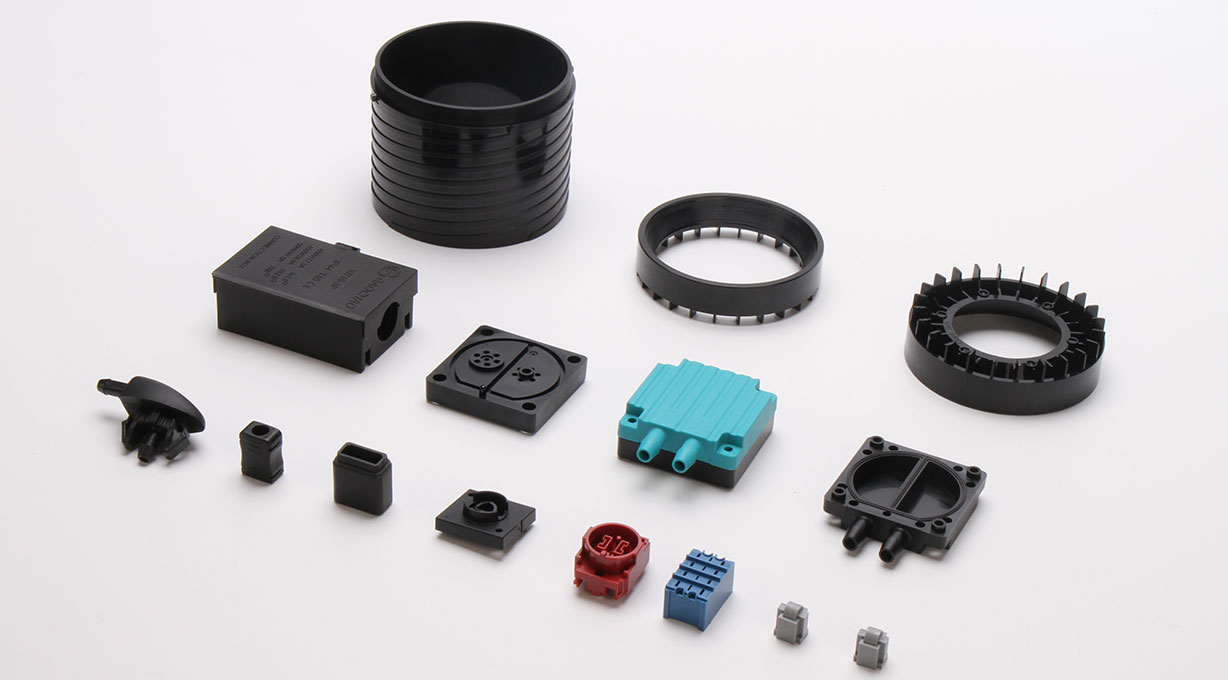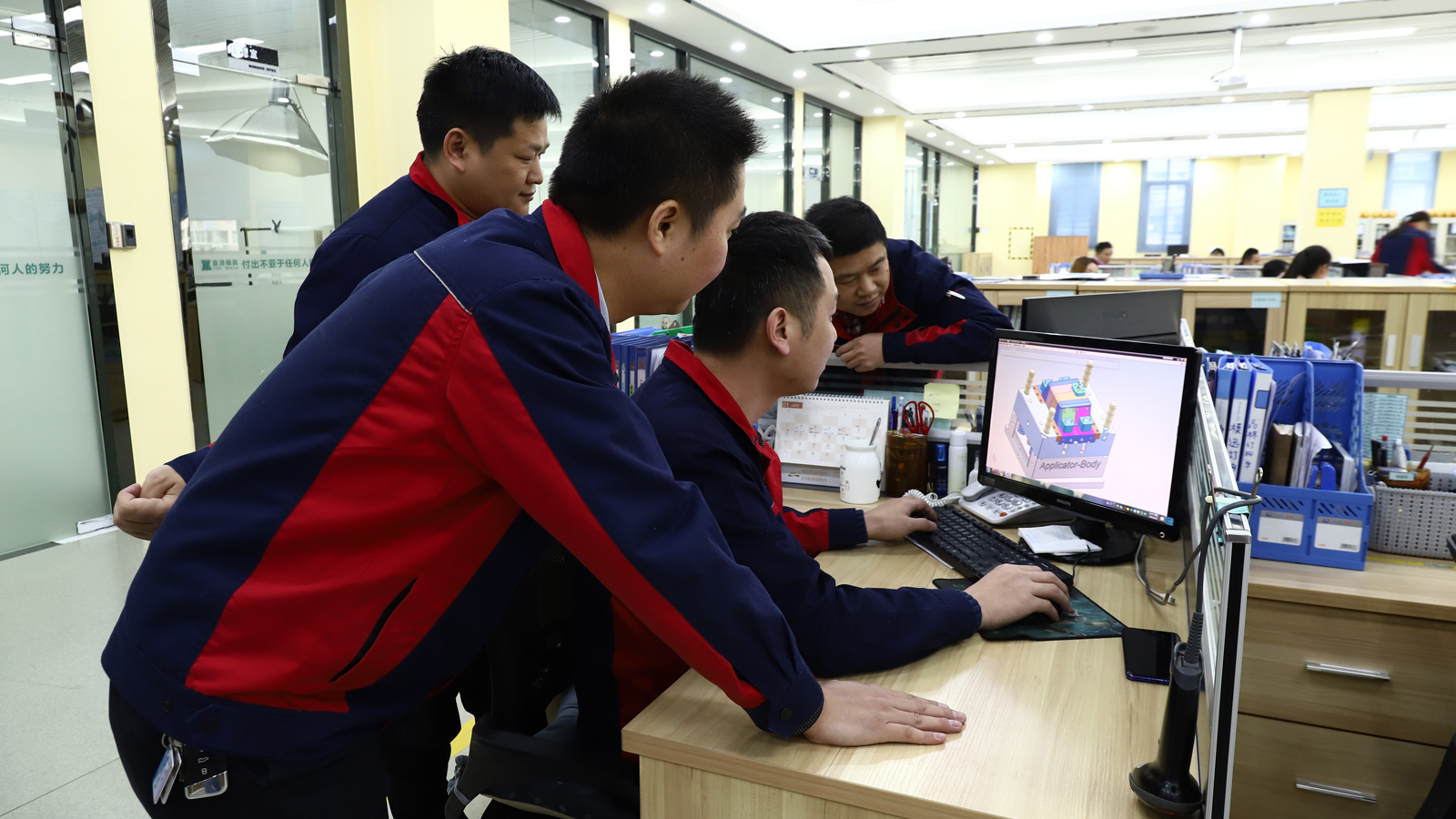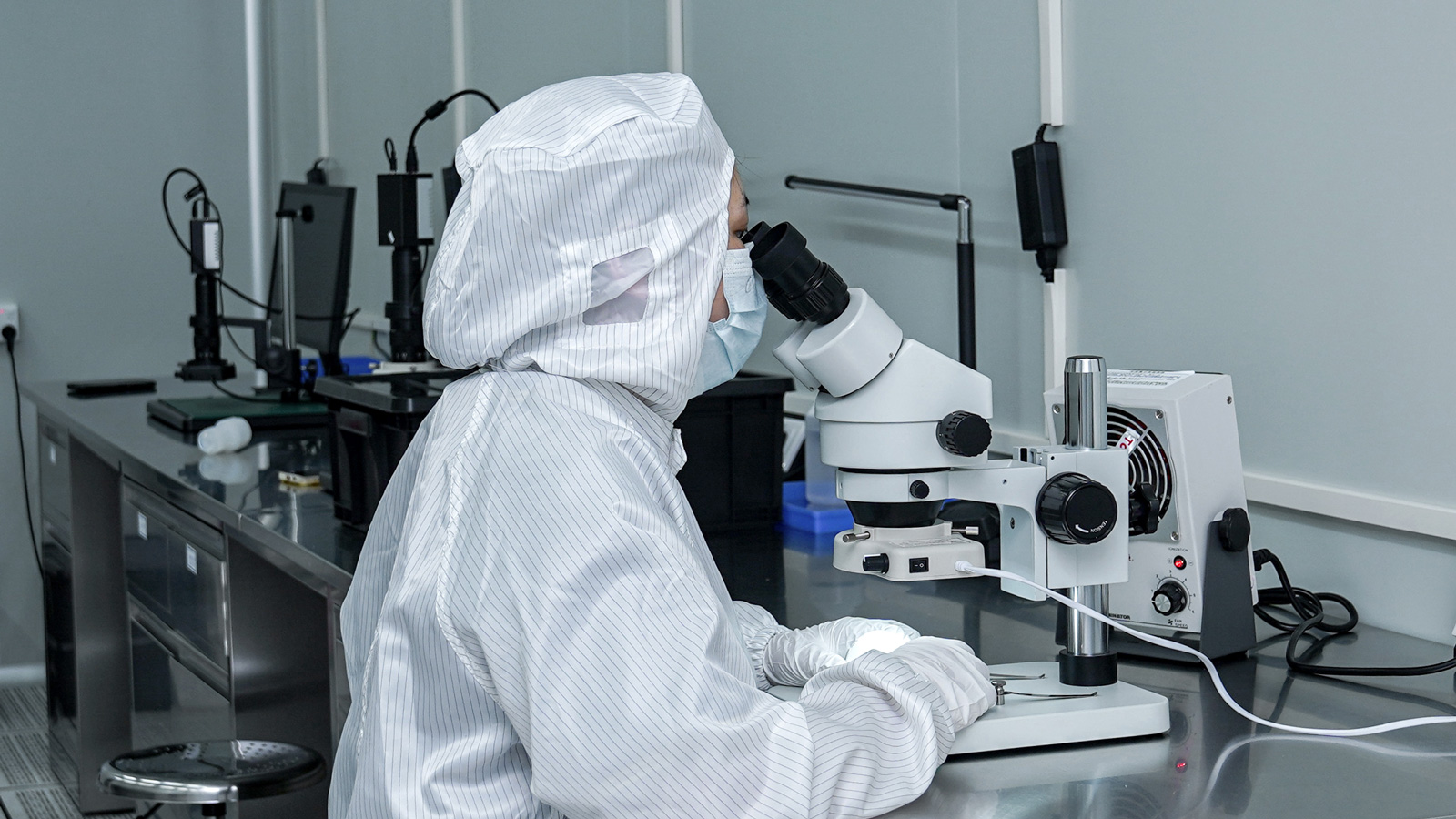In the field of plastic injection mold manufacturing, the processing of wear-resistant plates is a crucial procedure. Its core purpose is to effectively reduce the friction generated during the movement of sliders, ensuring that the sliders can move smoothly and steadily. This, in turn, significantly enhances the overall service life of plastic injection molds, providing a solid guarantee for their long-term and stable operation.
Types and Positional Relationships
There are mainly two types of wear-resistant plates in plastic injection molds: bottom and back wear-resistant plates. These two types of wear-resistant plates each play a unique role in the mold and have different installation positions and objects of contact.
The bottom wear-resistant plate is 5mm higher than the template. It is firmly fixed on the template and directly comes into contact with the slider. This design enables the bottom wear-resistant plate to bear the frictional force between the slider and the template during the slider’s movement. Through its wear-resistant properties, it reduces the wear and tear on the template, thereby protecting the structural integrity of the template.
The back one is 0.5mm higher than the slider. It is installed and fixed on the slider and directly contacts the wedge block. During the mold’s working process, the back wear-resistant plate can buffer the interaction force between the slider and the wedge block, reducing the frictional loss between them. This ensures the precise cooperation between the slider and the wedge block, safeguarding the normal opening and closing actions of the mold.
Dimensional Specifications of Wear-Resistant Plates
The height of wear-resistant plates usually falls within the range of 8mm – 10mm. This size range has been derived through long-term practice and optimization. It not only ensures that the wear-resistant plates have sufficient strength and wear resistance but also prevents them from increasing the overall weight and cost of the mold due to excessive size. At the same time, it avoids the situation where the size is too small to affect their wear-resistant effect and service life.
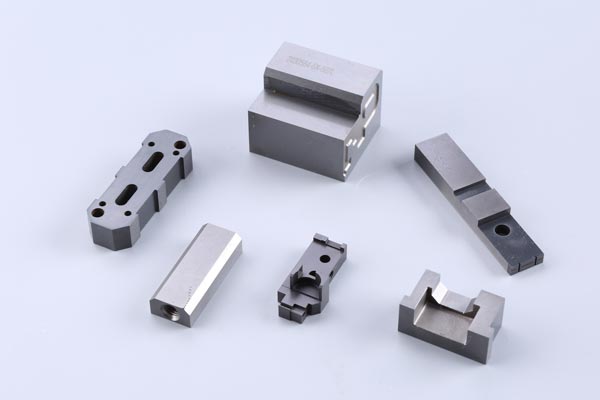
Contact Area and Division Principles
There are strict requirements for the contact area between the wear-resistant plate and the slider, which must be greater than 80%. A large contact area enables the wear-resistant plate to evenly bear the frictional force generated during the slider’s movement, avoiding local stress concentration and thus effectively prolonging the service life of the wear-resistant plate.
However, when the slider is of a large size, in order to ensure a good contact state between the wear-resistant plate and the slider and facilitate processing and installation, the wear-resistant plate will be divided into several smaller plates according to the specific size of the slider. This division method not only meets the usage requirements of large-sized sliders but also improves the processing accuracy and assembly quality of the wear-resistant plates.
Material and Processing Requirements
Wear-resistant plates usually use SK – 3 material. This material has excellent wear resistance and mechanical properties, which can meet the wear requirements of plastic injection molds during long-term use. However, it should be noted that the SK – 3 material needs to undergo preheating treatment before use. Preheating treatment can improve the internal organizational structure of the material, enhance its toughness and machinability, and reduce the internal stress and cracks generated during the processing, thereby ensuring the processing quality and service performance of the wear-resistant plate.
In conclusion, the processing of wear-resistant plates in plastic injection molds involves multiple key points and specifications. From the selection of wear-resistant plate types, determination of dimensional specifications, control of contact areas, application of division principles, to the selection of materials and processing requirements, each link is closely related and jointly affects the performance of the wear-resistant plate and the service life of the mold. Only by strictly following these key points and specifications for processing can high-quality wear-resistant plates be manufactured, providing a strong guarantee for the stable operation of plastic injection molds.
